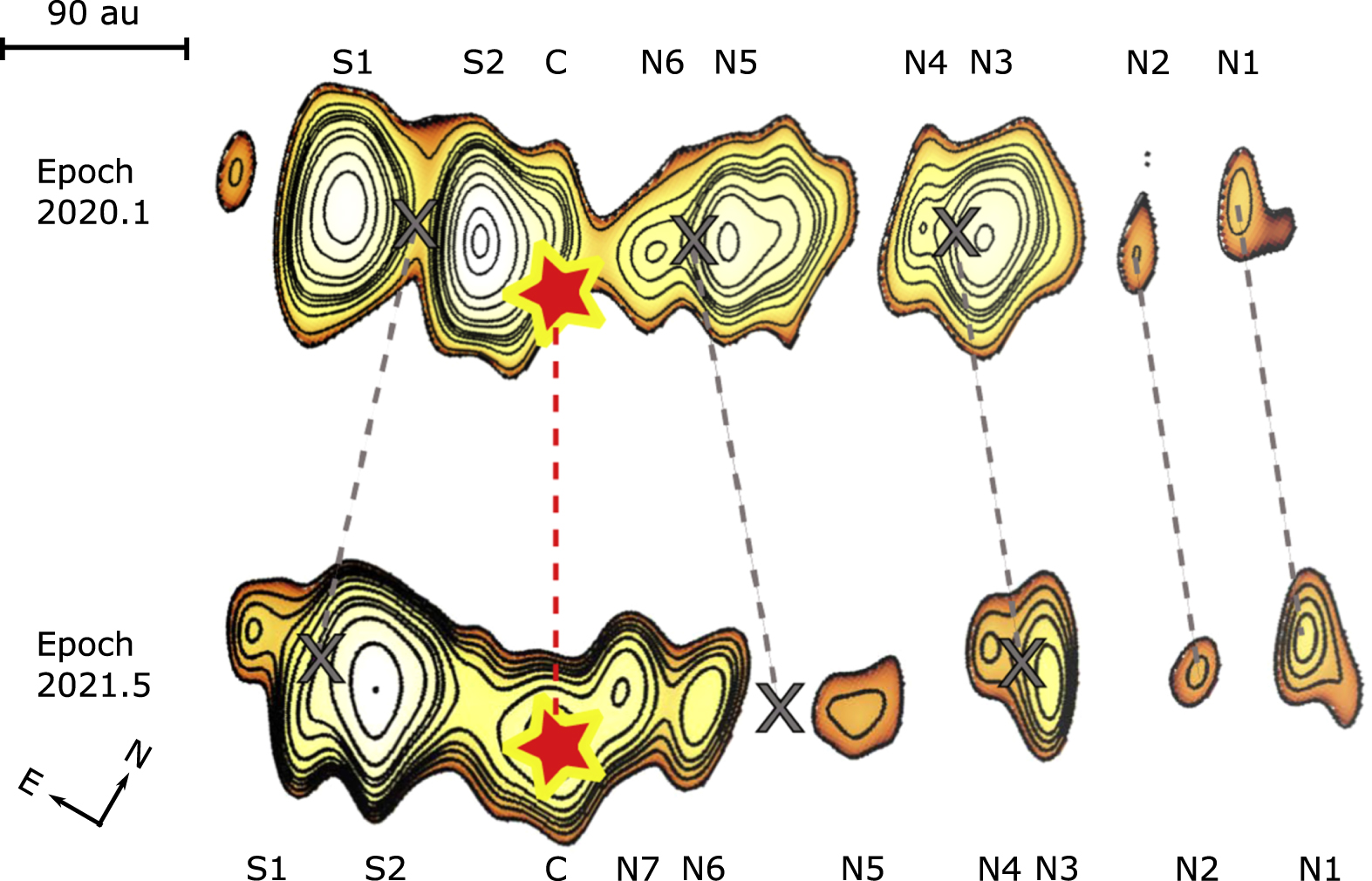Using high-resolution observations with e-MERLIN and the VLA, researchers at IRyA led by Adriana Rodríguez-Kamenetzky resolved the Serpens radio jet, detecting motions on scales less than 100 astronomical units (au).
Young Stellar Objects (YSOs) are stars in the early stages of their evolution, known to eject narrow jets of gas seen in radio. It is not yet well understood how they become so narrow and how they are launched, since both processes happen on scales of a few au. To reveal their relative contributions, observations using high-resolution radio interferometers are needed, i.e., a high level of detail on the regions near the protostars is necessary.
In this work, the radio jet in the star formation region of Serpens was observed over multiple epochs with using the e-MERLIN array of seven radio observatories across Great Britain, and the VLA radio facility in New Mexico, United States. This jet is ejected from a YSO with about 3 times the mass of the Sun. For the first time, for a protostar of such a mass, motions on scales less than 100 au were detected, owing to the resolving power of e-MERLIN. In fact, the central region of the Serpens jet was resolved at ~15 au resolution into several components, enabling the calculation of the jet velocity which was found to be highly variable over 10 years of observations. This variability points to episodic variations of the accretion rate, i.e., the rate at which the material of the region falls onto the protostar. The inferred ~100 km/s jet velocity suggests that it was launched from the innermost regions of the accretion disc around the protostar.

The image shows the radio knots in the Serpens jet observed with e-MERLIN at two different epochs, 1.4 years apart from each other. The red stars show the position considered to be the location of the source of the jet. The dashed lines join the positions of the knots in the two epochs. Credit: Adriana R. Rodríguez-Kamenetzky et al. 2022, The Astrophysical Journal Letters, 931.
Researchers at IRyA that participated in this study include: Adriana R. Rodríguez-Kamenetzky, Carlos Carrasco-González, Luis Felipe Rodríguez, Roberto Galván-Madrid, and Susana Lizano.
Research paper: Rodríguez-Kamenetzky et al.
The Astrophysical Journal Letters, 931, L26
https://iopscience.iop.org/article/10.3847/2041-8213/ac6fd1
Text adapted by IRyA UNAM from the e-MERLIN User Newsletter, Issue 1, 24 January 2023




